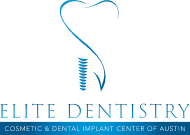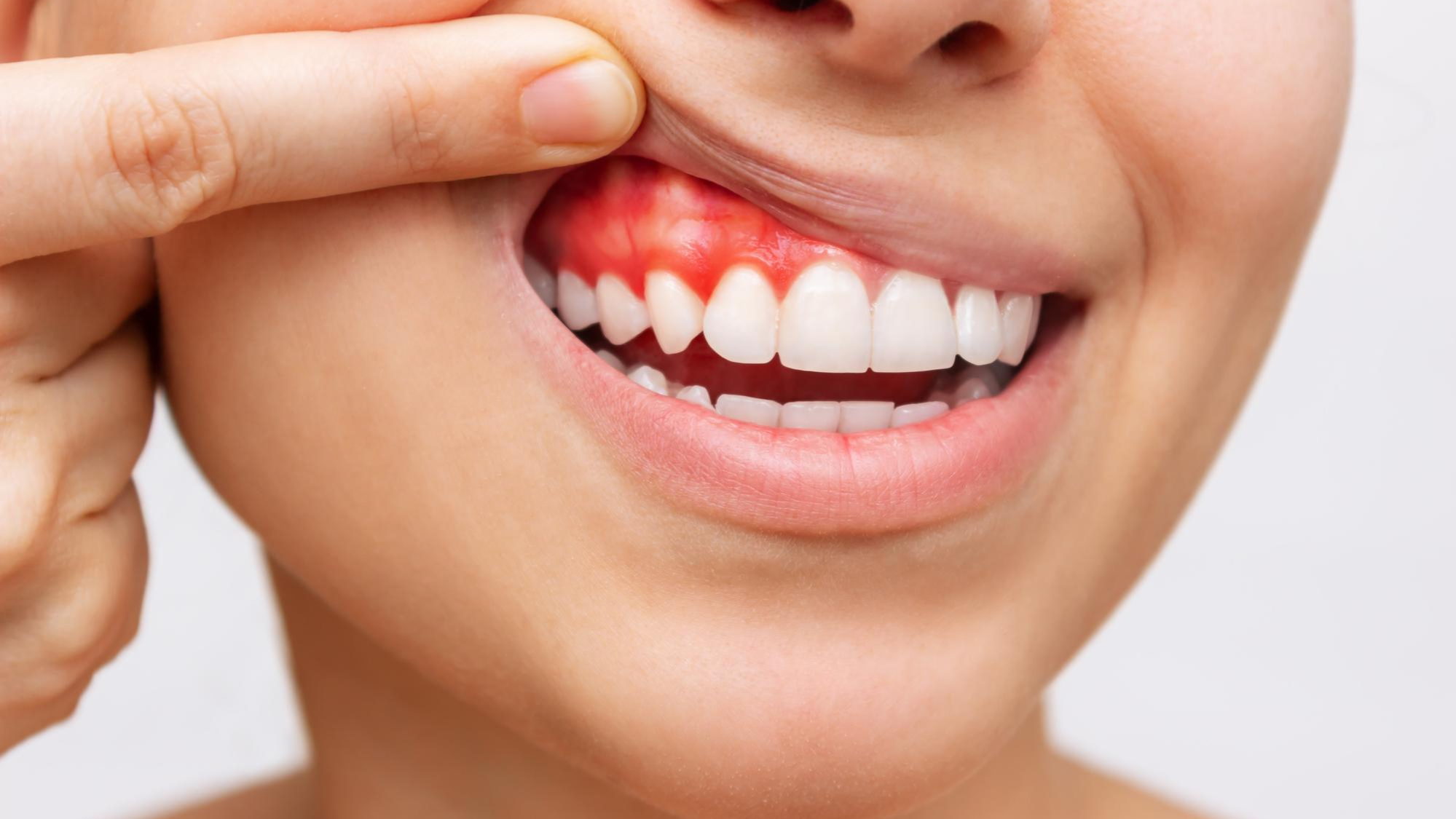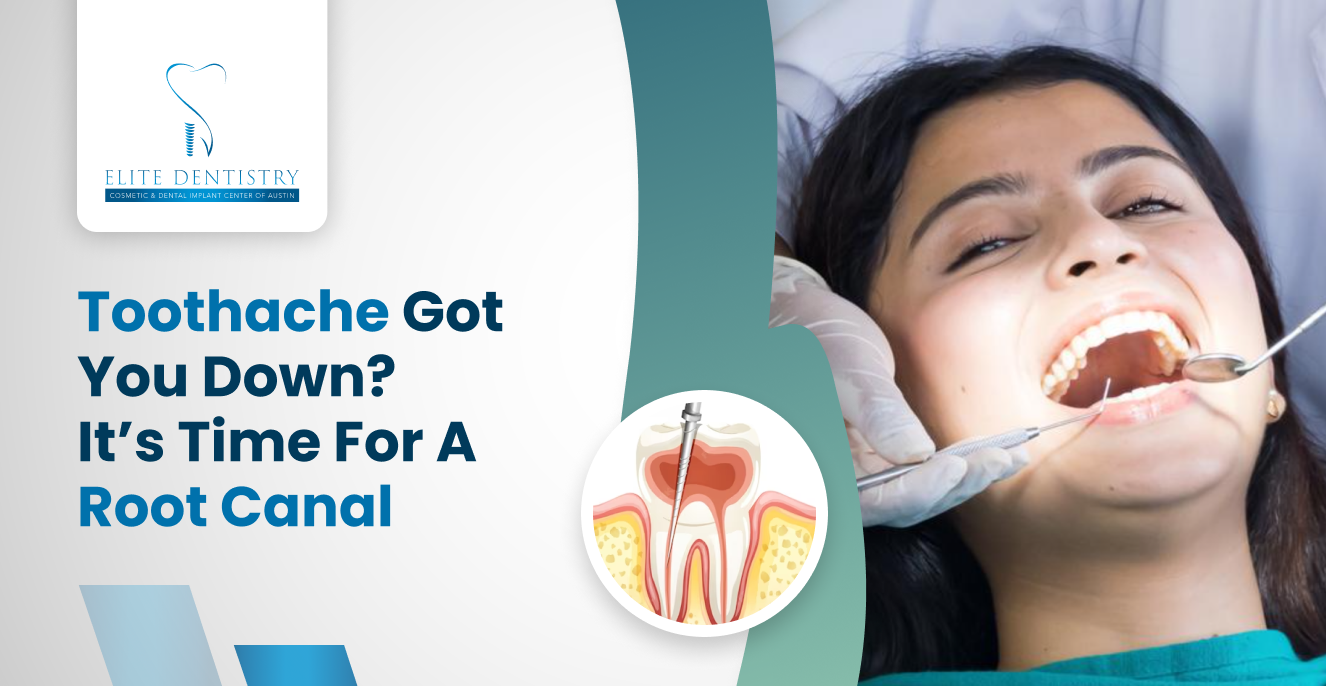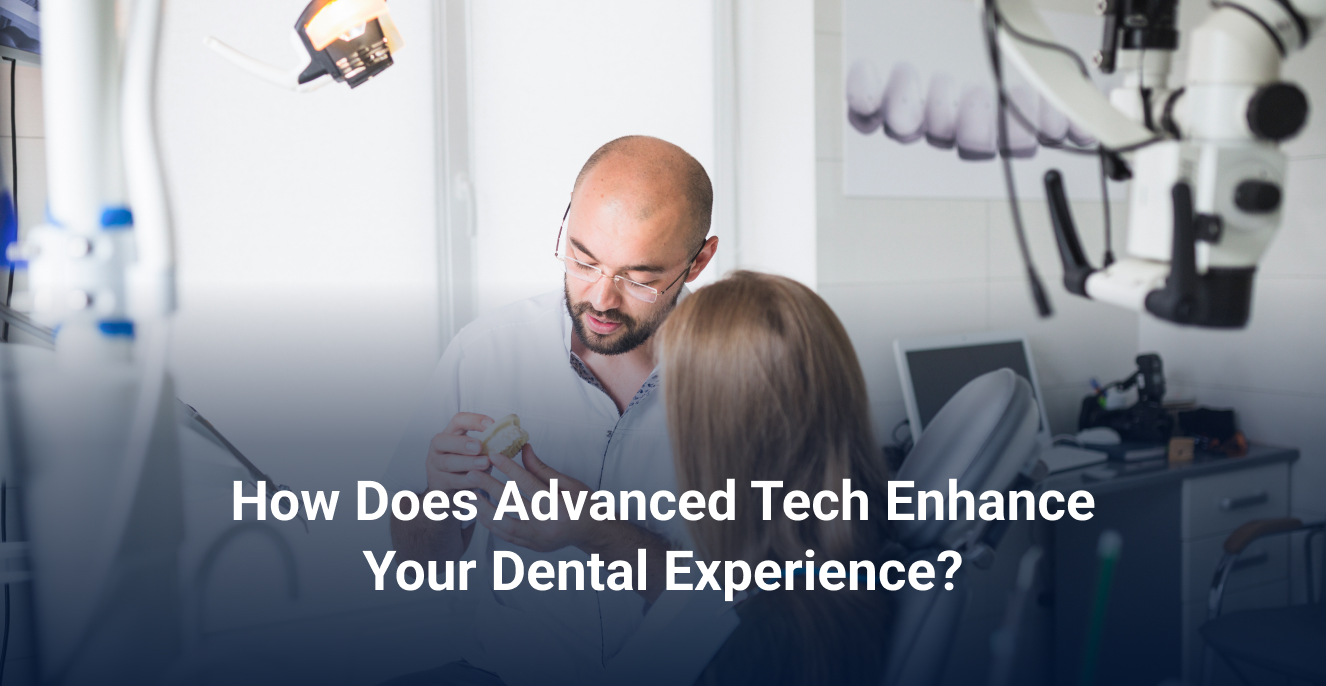Gum disease is a severe condition that can lead to tooth loss. The good news is that it is preventable with good oral hygiene habits. Delve into this blog as we discuss the gum disease early signs and the actionable steps for gum disease prevention.
Have you heard? Almost half of US adults over 30 are affected by gum disease, with 9% having a severe form known as periodontal disease, as reported by the U.S. Centers for Disease Control and Prevention.
Understanding gum disease
Gum disease, also known as (periodontitis) is a bacterial infection that causes inflammation and damage to the gums, bone, and ligaments supporting the teeth. It is a common condition that can range from mild inflammation of the gums (gingivitis) to severe cases that damage supporting structures of the teeth (periodontitis). Let’s delve into the explanation of each by highlighting the common gum disease symptoms.
Gingivitis
Gingivitis is the mildest form of gum disease. It affects the surface layer of the gum from where they meet the teeth. At this stage, deeper tissues of the gums, teeth, and bone are not damaged. The signs of gingivitis include:
- Red and swollen gums
- Bleeding gums, especially when brushing or eating
Periodontitis
Periodontitis is an advanced stage of gum disease that can occur if gingivitis is left untreated. In this stage, the infection starts affecting the bone and ligaments that support the teeth.
When gum disease damages the seal between gums and teeth, it creates spaces called periodontal pockets. Bacteria can get trapped in these pockets and cause further damage to the tissues that support the teeth. Periodontitis can lead to tooth loss if not treated properly. Symptoms include:
- Bleeding gums
- Swollen (Red) gums
- Bad breath
- Loose teeth
- Receding gums (the gum line recedes away from the tooth, making the teeth look longer)
Why Taking Care of Your Teeth Matters
Maintaining good oral hygiene is essential because it helps prevent dental issues like cavities, gum disease, and bad breath. It also contributes to your overall physical and emotional well-being, and poor oral health can be linked to certain medical conditions.
Additionally, taking care of your gums is more than just maintaining a beautiful smile; it also supports your overall health. With numerous concerns surrounding gum disease, let’s now address the commonly asked questions to provide a better understanding of this condition.
- What does gum disease look like?
Gum disease can be recognized by swollen, tender, reddish, or purple gums, often with plaque buildup on your teeth. Loose teeth and the presence of pus along your gum line are also indications of gum disease. Additionally, bleeding gums are common gum disease symptoms.
- How many gum diseases are there?
There are two types of gum diseases known as gingivitis and periodontitis. Both stem from bacterial accumulation along the gum line, although one is significantly more severe than the other.
- Is gum disease reversible?
The possibility of reversing gum disease depends upon how far it has advanced. If caught early, it can often be reserved, but if it’s gotten worse or reached an advanced stage, complete reversal might not be possible.
- Can gum disease cause headaches?
Gum disease itself might not directly cause headaches, but there can be an indirect connection between oral health and headaches. Dental problems like toothache, impacted wisdom teeth, uneven bite, temporomandibular joint dysfunction, and teeth grinding can lead to headaches. If you are experiencing frequent headaches, you should immediately see a dentist to rule out any underlying dental problem.
- Are gum diseases hereditary?
Yes, gum disease can be linked to genes. Studies suggest that genetics can be a factor in developing gum disease. If your family has a history of gum disease, chances are you might experience gum problems too.
Tips for preventing gum disease
Maintain Proper Dental Care
Gum disease does not happen overnight; it develops slowly. When we overlook regular brushing and flossing, a sticky bacteria, also known as plaque, builds up on our teeth. This plaque becomes tarter over time and leads to gum disease. Practicing good oral hygiene is an essential step to counteract plaque and bacteria. Make sure to brush and floss your teeth twice a day regularly. When brushing, dedicate at least two minutes to focus on the gum line, back teeth, and tongue.
Consume a Balanced and Healthy Diet
Maintaining a well-balanced diet does not just benefit your smile, and it also improves your overall health. The bacteria in plaque eat carbs and sugar-producing acids that damage the teeth and gums. Make sure to avoid sugary foods and drinks that can lead to tooth decay, and opt for a balanced diet that provides essential nutrients for optimal health.
Increase Your Vitamin C Intake
A lack of Vitamin C is a major cause of gum disease. Consuming more oranges, strawberries, kiwis, or Vitamin C supplements can enhance your resistance to gum disease. Additionally, Vitamin C has healing qualities that can prevent gums from bleeding and swelling.
Limit Tobacco
Smoking tobacco weakens your immune system, making it challenging for your gums to fight infections and stay healthy. Keep your oral health in check by avoiding tobacco products, as they can increase the chances of getting gum disease.
Regular Teeth Cleaning
Routine dental appointments for teeth cleanings are essential to maintaining good oral health. It helps remove plaque and tartar buildup that can cause gum disease and cavities. The cleanings also allow for early detection and treatment of any potential gum disease. Make sure to visit your dentist bi-annually to keep your oral health in check.
Conclusion
In a nutshell, Prioritize oral hygiene, a balanced diet, and regular dental visits to effectively protect your smile and overall well-being from the risks of gum disease.
Elite Dentistry provides the best dental experiences at the most affordable prices. Book a free consultation today to get started on a journey towards a healthier smile.





